Australia has found itself in rather awkward position, needing more renewable generation but simultaneously restricting the amount of renewable generation in large swaths of the country’s grid. Compounding this is the fact some camps are arguing new transmission is the only way out of this absurd situation, meanwhile Australia’s framework for assessing transmission projects is being deemed unfit for purpose.
Curtailment of renewable projects has jumped almost 40% in the past year, Daniel Westerman, CEO of the Australian Energy Market Operator (AEMO) told a forum in Sydney on May 15. The most impacted states are Victoria and New South Wales (NSW), though the woes extend into parts of Queensland.
“From our control room we can see that increasing amounts of solar and wind generation are being curtailed because there’s not enough transmission capacity to transport it,” Westerman said.
“From January to March, the links from Victoria to NSW and Tasmania were at their limits for 42% and 57% of the time respectively. And during those hours when the sun is producing free electrons, the links were binding for two-thirds of the time to NSW, and over 80% of the time to Tasmania.”
“In other words, parts of our energy highway are at gridlock,” he added.
While Westerman lamented the rate of renewable curtailment, Ian Learmonth, CEO of Australia’s green bank, the Clean Energy Finance Corporation (CEFC), warned Australia is well below where it needs to be to reach its climate targets. That is, 43% emissions reduction and over 80% renewable generation in our grid by 2030.
“In order to meet these very ambitious goals around renewable energy and emissions, we need to install an estimated 29 GW of large-scale renewables,” Learmonth said. “That’s about 3.6 GW a year or 300 megawatts a month. That’s a substantial wind farm a month.”
“To give you an understanding of the uplift required, last year in terms of large-scale wind and solar we only installed 2.3 GW and something like 2.7 GW of solar rooftop, so we are still well behind the pace.”
While Australia has finally reached a level of political unity on the energy transition, cracks in the nation’s regulatory systems are rearing their heads. Front of mind is the regulatory investment test for transmission or RIT-T process, which is used to assess transmission projects. Sitting beside Westerman and Learmonth, federal energy minister Chris Bowen declared this framework “no longer fit for purpose,” at Monday’s event.
This content is protected by copyright and may not be reused. If you want to cooperate with us and would like to reuse some of our content, please contact: editors@pv-magazine.com.
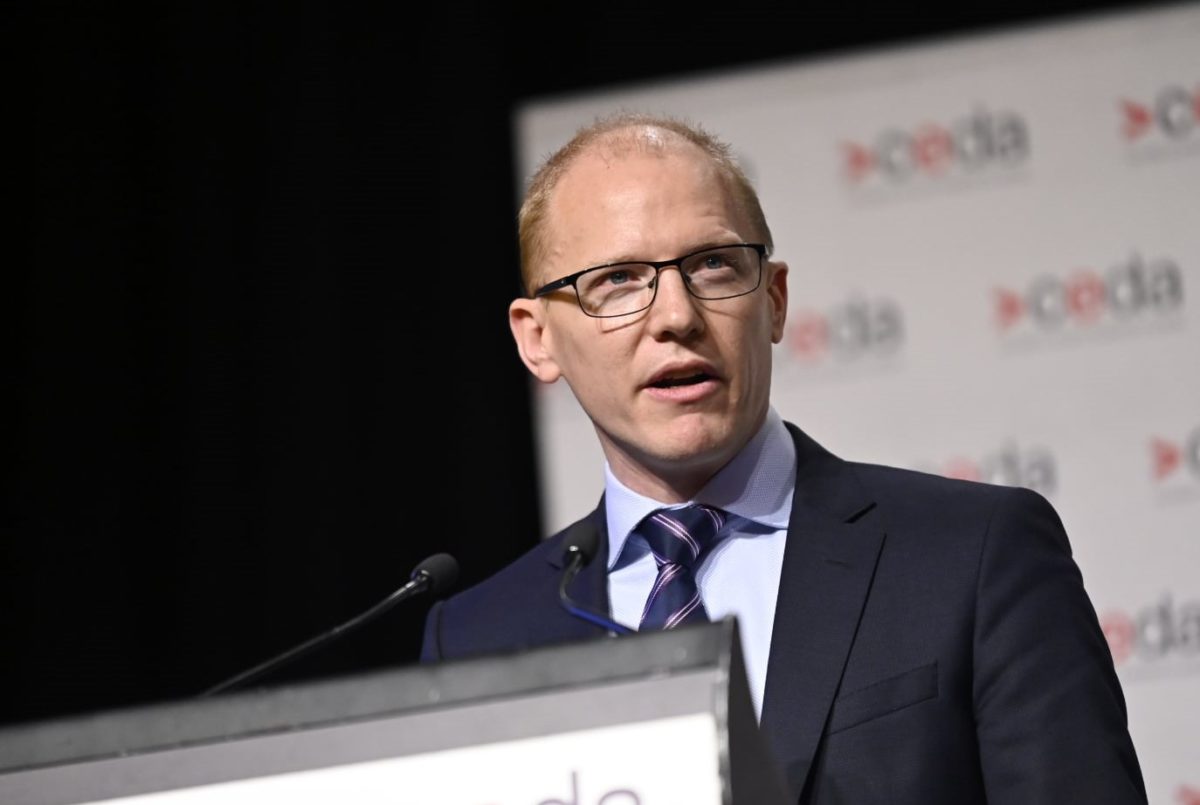
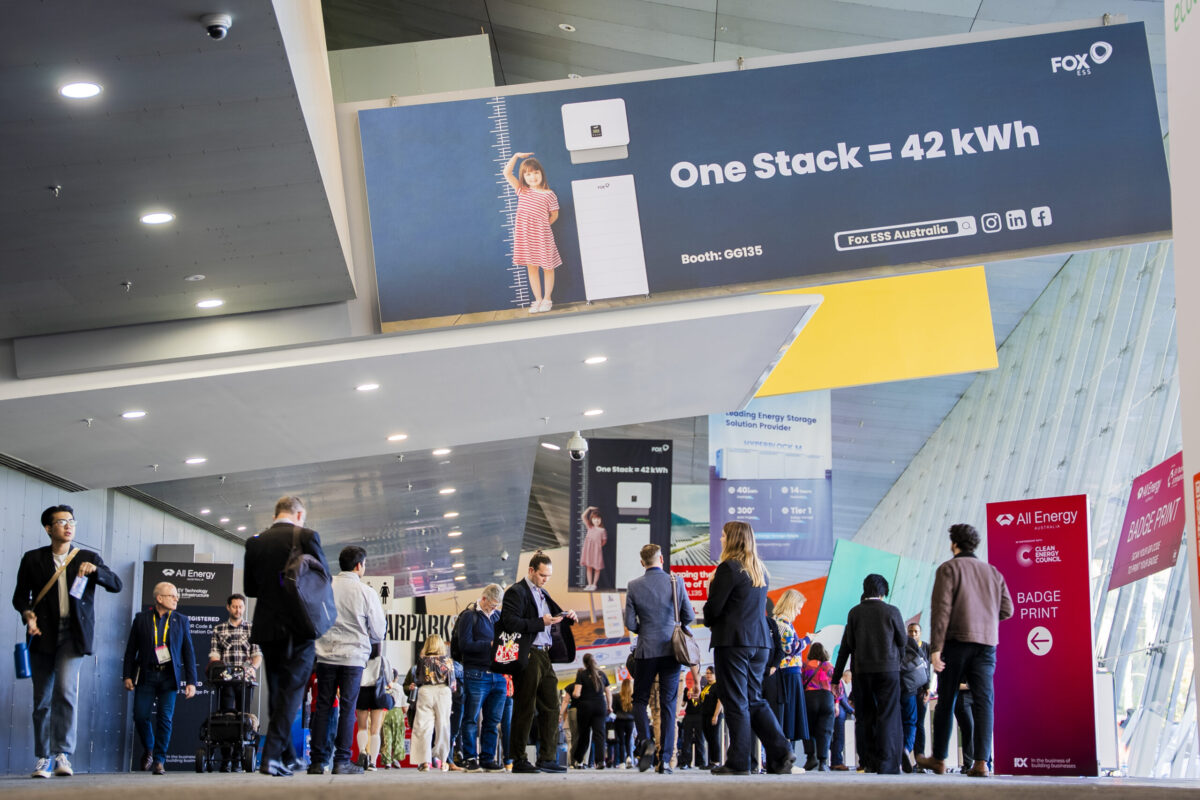


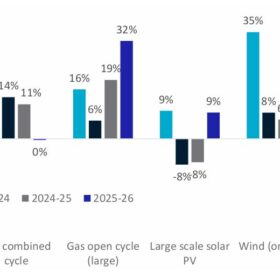
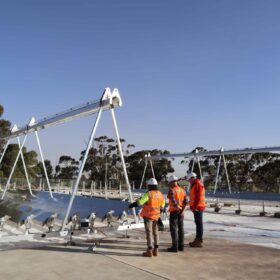
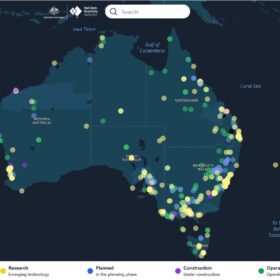
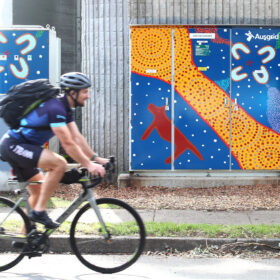
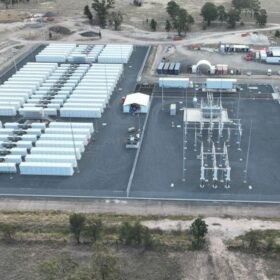
What kind of political unity is this referring to?
I cite other news, just from yesterday:
“South Australia’s minister for energy and mining has told a conference of the oil and gas industry in Adelaide that his state government is “at your disposal”.”
Touché